
Essex car cover is not just a dust sheet for a vintage car; it is a safety ring that stabilizes the microclimate around the body, moderates temperature swings, manages moisture, and reduces repeat friction when wind sneaks in. Many vintage owners in the United States share the same worry: after covering the car and feeling at ease, they peel the cover back a few weeks later and get a faint musty smell from the cabin, speckled mineral spots on chrome, hazy patches on the paint, and sometimes upholstery or leather that has begun to take on an odor. The root cause is not whether you cover the car, but what you cover it with and how you do it. This article digs into why “light yet durable” is the right philosophy for choosing a car cover for Essex, points out common causes of damage, the consequences of handling things the wrong way, and how to fix issues under the United States’ varied climates. The goal is to uncover the car after weeks of sun and rain and still see color-true paint, an odor-free cabin, and mirror-bright chrome.
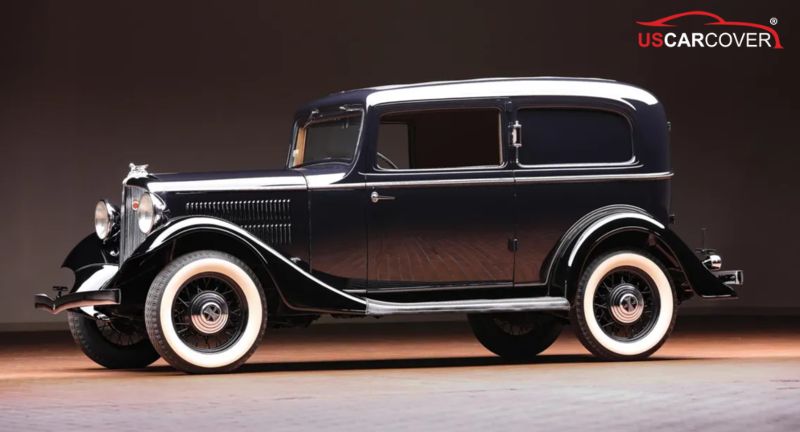
Related Articles: Dual-Ghia car cover for long-term storage: quick-dry, no musty odor, no soft-top mildew
Essex: compact heritage, refined lines, and the vulnerabilities of storage
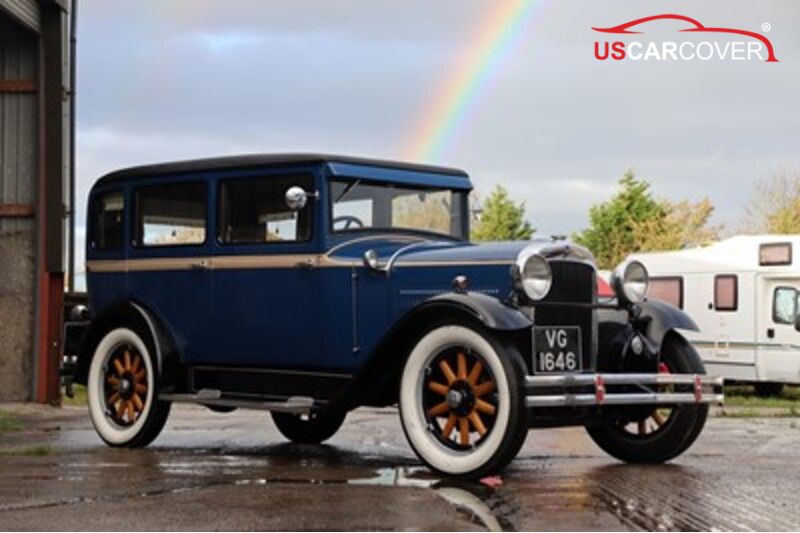
When you bring up Essex under the Hudson Motor Car roof in the first half of the 20th century, enthusiasts think of practical elegance: compact bodies, balanced proportions, broad planes that catch light well, crisp but understated character lines, bright plated trim, and period-correct raised emblems. The very details that define a vintage aura are also the pressure points in storage and long outdoor parking. Older paints tend to shift tone if moisture lingers or temperature swings sharply day to night. Chrome “dislikes” micro standing water and easily develops tiny white specks and then pitting if salt and moisture persist. Felt or leather interiors, especially in seldom-driven cars, will pick up smells if air cannot circulate. So covering an Essex is not just about sealing it up; it is about controlling the environment around the car: letting surfaces “breathe” to dry quickly, cutting wind so fabric does not chafe repeatedly, and reducing harsh sun to slow material aging.
Related Articles: How To Protect Your Eagle: Compact tools that matter in your car
The pain caused by low-quality covers: causes, consequences, and the costly loop
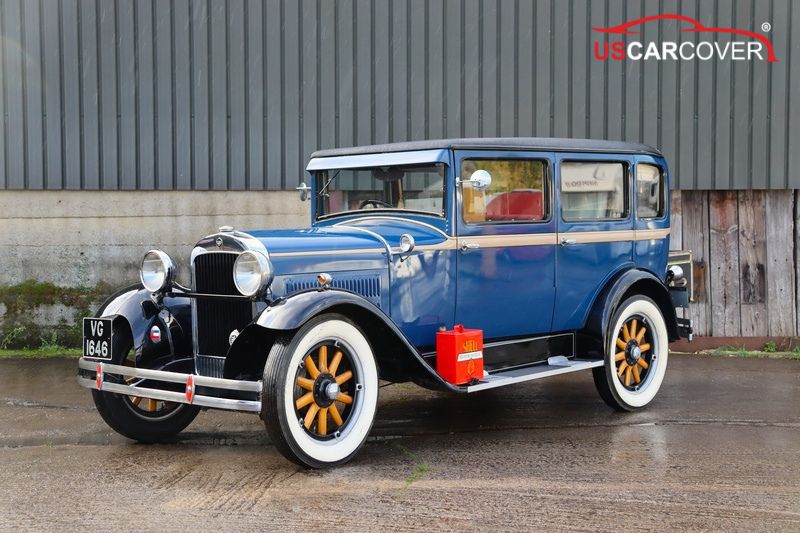
Many owners grab a thick cover labeled “100 percent waterproof” and feel reassured when rain cannot get through. But in long-term storage, tight sealing is a double-edged sword. The cause is straightforward: a very tight cover behaves like a raincoat, blocking drops from outside while trapping moisture from the inside, including residual water after a wash, overnight dew, lingering engine warmth, or simply high ambient humidity in the garage. When moisture is trapped against paint, fabric, leather, and chrome, the consequences creep in: a musty cabin, speckled mineral rings at window trim and brightwork, tiny mold flecks in convertible top folds, and faint halos where the cover tends to rub. The more you wipe, the more you risk micro-scratches if the liner is coarse or already dusty. The loop gets expensive fast: deodorizing, polishing, chrome cleanup, and frequent cover washing. If the cover fabric itself does not breathe, the problem returns. The key to breaking the loop is changing the cover philosophy from “fully sealed” to “breathable, quick-dry, stable form”.
Related Articles: Edsel car cover: Scratch protection and minor bump safety under sun and rain
Why “light yet durable” is the right philosophy for an Essex car cover
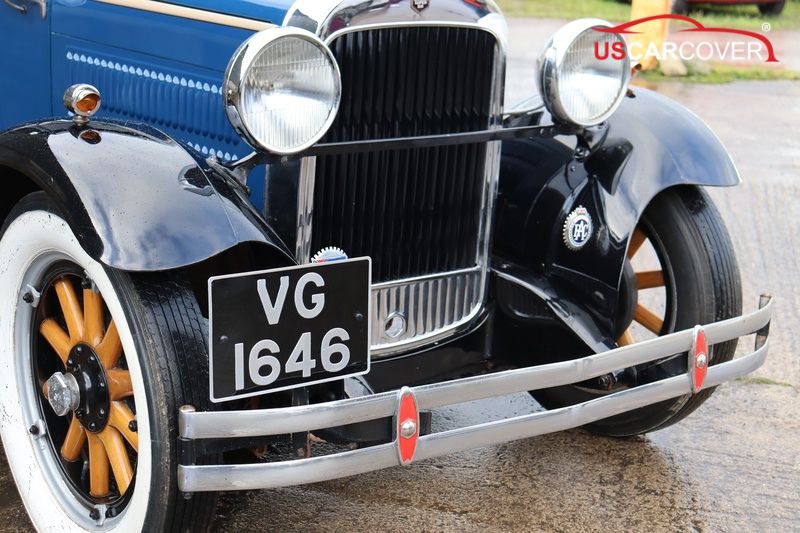
“Light” does not mean flimsy; it means optimizing weight so the fabric has real breathability, allowing water vapor to escape quickly and reducing the ballooning effect when wind gusts under the cover. A lighter cover is also easier to handle, less likely to be dragged, and less likely to grind dust into the liner during use. “Durable” does not just mean thick; it means tight weaves with ripstop resistance, reinforced stitching at load points, ultra-soft liners that resist abrasion, and UV-resistant outer faces to keep properties stable over time. When these elements are combined correctly, you get practical gains: the cover blocks mist and dew but still lets vapor migrate outward, reduces peak heat under the cover with a reflective outer face, holds its shape with a custom fit that minimizes excess fabric, and handles safely because the weight is manageable.
Related Articles: How to Protect Datsun from Harsh Sun and UV: keep paint and interior looking new
A climate map of the United States: different contexts, different risks, different solutions

The United States is vast, and the same Essex faces different risks depending on where it is parked. This is why a good Essex car cover cannot be one-size-fits-all:
- In Arizona, Nevada, and inland California, sun is harsh, UV is high, and day-night temperature swings are large. Heat ages paint, and interiors dry and harden. Fine dust stuck between cover and paint turns into “micro sandpaper” when wind moves the fabric. The solution is an outer face that reflects heat, is low-stick so dust shakes off easily, a liner that is ultra-soft and antistatic, and efficient vents to lower heat under the cover.
- The Pacific Northwest has steady rain and prolonged high relative humidity. The main risk is long-term moisture, which sealed covers trap against surfaces, leading to odor and early mildew. The solution is a multi-layer breathable fabric with tight, leak-resistant seams, fully drying the cover in the shade before storage, and shortening the wash cycle so the liner remains smooth and does not become abrasive.
- Florida and the Gulf Coast are humid and salty with frequent afternoon storms. Salt is the quiet enemy of chrome and bright trim, and alternating sun and rain repeatedly expand and contract materials. Choose quick-dry fabrics, roofed vents, and a low-stick outer surface so salt dust is easy to shake off. Wipe chrome dry before long storage and consider a thin protective coat on bright trim.

- New England and parts of the Midwest under tree canopies deal with pollen, tree sap, and shifting winds. Wear comes from repeat friction at sharp body lines if excess fabric flaps, and from surface fouling that is hard to shake off. The solution is a custom-fit cover with a low-stick outer face, plus an ultra-soft liner for daily on-off without creating swirl marks.
- The Rockies and colder Midwest winters bring strong winds, dry air, and big temperature swings. The risk is brittle failure of poor fabrics and stress at load points. The solution is ripstop strength, wide soft tie-down straps, reinforced grommets, and a soft liner to protect paint during rapid temperature change.
Related Articles: DeTomaso Car Covers - Reduce cabin temperature and which color cover is cleaner while keeping the car cool?
The “light yet durable” Essex car cover standard and why each feature matters
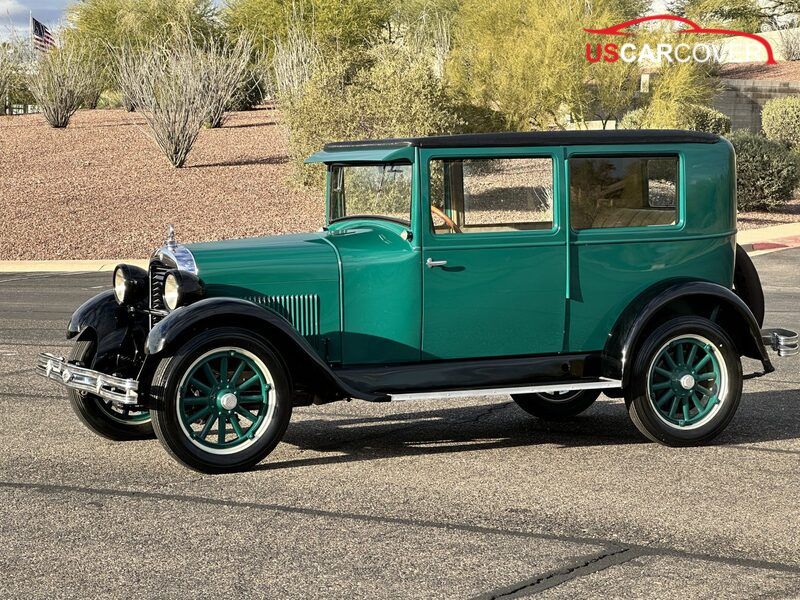
A car cover is “worth it” when its material science and tailoring finesse show up together:
- Breathable and quick-dry: multi-layer fabric that passes moisture as vapor to limit condensation; roofed vents at the shoulders or near the rear glass vent hot air without inviting wind-driven rain. Why it matters: it cuts odor and mildew at the source and keeps the microclimate dry around surfaces.
- Ultra-soft, light-colored, antistatic liner: the part that touches paint must be velvet-smooth to avoid micro-abrasion; a light color reveals early contamination so you can fix it; antistatic properties reduce fine dust cling. Why it matters: every cover-on and cover-off is safer for paint and bright trim.
- Reflective, UV-resistant outer face in light silver or titanium gray: lowers peak heat under the cover and extends fabric life. Why it matters: heat and UV are the fastest ways to age materials.
- Custom-fit for the Essex body: hugs the shoulders, tail, and mirror positions, avoiding generic free-size cuts. Why it matters: eliminates wind pockets and reduces repeat rubbing along crease lines.
- Roofed vents, sealed seams, smooth elastic hem: so the cover breathes while staying weather-tight where needed and does not imprint a hard hem line on paint. Why it matters: balances breathability, mist protection, and edge safety.
- Soft wide tie-downs, reinforced grommets, plastic-coated underbody cable: hold form in wind and add passive security in shared parking. Why it matters: prevents cover migration and quick snatch attempts.
Related Articles: Dodge car cover: Ultra durable, compact, lightweight, and designed to dissipate heat
Choosing an Essex car cover by parking context and usage habits

Not everyone parks in one fixed spot, so choose a cover based on where the car will spend most of its time:
- Sealed garages with HVAC: prioritize breathability, an ultra-soft antistatic liner. The common mistake is “indoors means no need to breathe.” In reality, daily temperature changes still create micro-dew. A breathing cover lets moisture escape continuously and keeps the cabin odor-free.
- Three-sided carports: you need a tight custom fit, multi-point soft tie-downs, and vents that actually work. Winds will shift and balloon any excess fabric; soft tie-downs keep form without cutting fabric.
- Under trees: a low-stick outer face helps shake off pollen and small leaves; always remove tree sap before covering. Sap plus dust turns into an “abrasive bead” if pressed between liner and paint.
- Curbside nights: modest reflective piping helps you and attendants spot the car in low light without drawing too much attention; an underbody cable adds the delay that passive security needs.
- Weekend shows: go with a light, compact, ultra-soft-lined cover that one person can deploy. It invites frequent on-off while staying gentle on the finish.
Related Articles: DeSoto car cover: why classic two-tone paint drifts out of balance if you do not cover correctly
Common mistakes: analysis and quick fixes
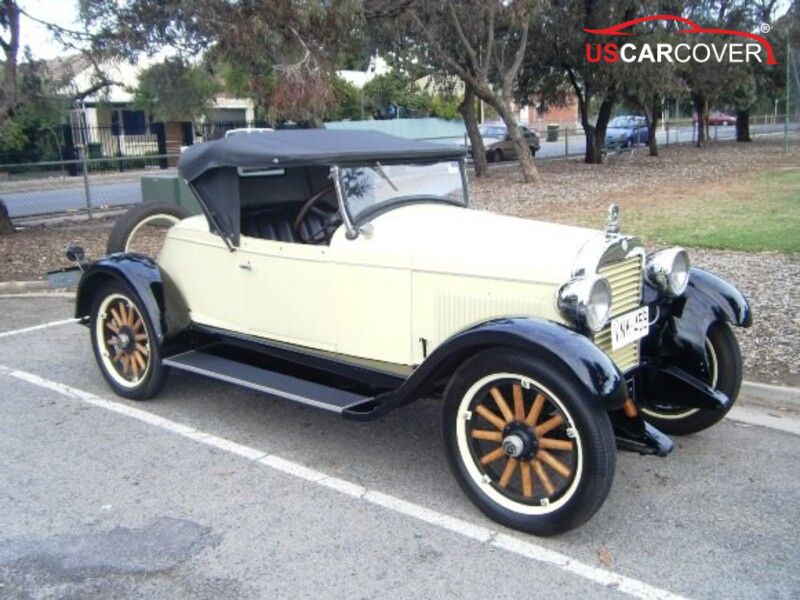
Covering a wet or hot car traps moisture and prolongs heat, leading to odor and early mildew. The fix is to wait until the car is fully cool and dry and improve ventilation or dehumidification in the garage. Generic free-size covers leave excess fabric that forms wind pockets and rubs along crease lines; move to a custom-fit cover and add multi-point soft tie-downs. Coarse, dark-dyed liners can transfer color if the car is warm or damp; choose a light-colored, ultra-soft, antistatic liner. Over-tightening one strap overloads a grommet and shifts the cover; balance tension on both sides. Dragging the cover on concrete embeds grit in the liner and guarantees micro-scratches next time; always roll with the liner inward and store in a ventilated bag.
Cover maintenance: keep the cover “healthy” to protect the car better
A clean, dry cover is the foundation of protection. If the car spends time outdoors, wash the cover every 2 to 4 weeks; in a clean garage, every 6 to 8 weeks is enough. Use mild detergents and air-dry fully in the shade before storage. Lint-roll or gently vacuum the liner to keep it smooth. Each month, check grommets, straps, and seams and reinforce before windy seasons. Practice the deploy-and-remove routine, mark tie-down positions, and cut setup time when the weather turns quickly.
Related Articles: DeLorean car cover: block pollen, tree sap, and bird droppings, quick scratch
Q&A
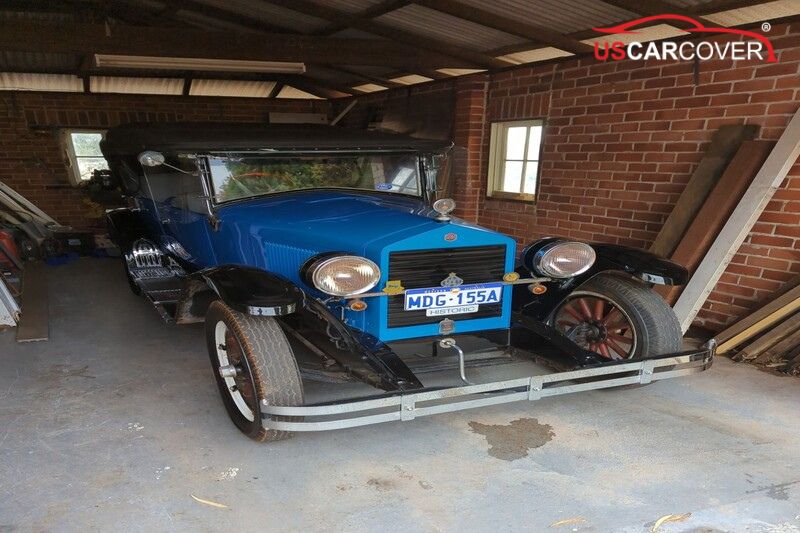
Do I need a cover if my car sits in a sealed, HVAC garage?:
- Yes. Garages still have temperature shifts that create micro-dew and fine dust. An Essex car cover that breathes with an ultra-soft liner lets moisture escape, keeps surfaces clean, and prevents cabin odor.
Is a fully waterproof, heavy cover suitable for long-term storage?:
- Not necessarily. Long-term storage requires continuous vapor release. Over-sealed covers trap moisture, leading to musty odor, mineral rings, and early mildew. Choose a cover that is breathable, quick-dry, and vented
How do I prevent mildew on a convertible top during long-term storage?:
- Ensure the top is completely dry before covering, use a breathable quick-dry cover, and open vents on the windward side. Uncover weekly for a few minutes to let the car breathe and spot early dark flecks for prompt cleanup
How often should I wash the cover?:
- Outdoors often: every 2 to 4 weeks. In clean garages: every 6 to 8 weeks. Always shade-dry completely before storage
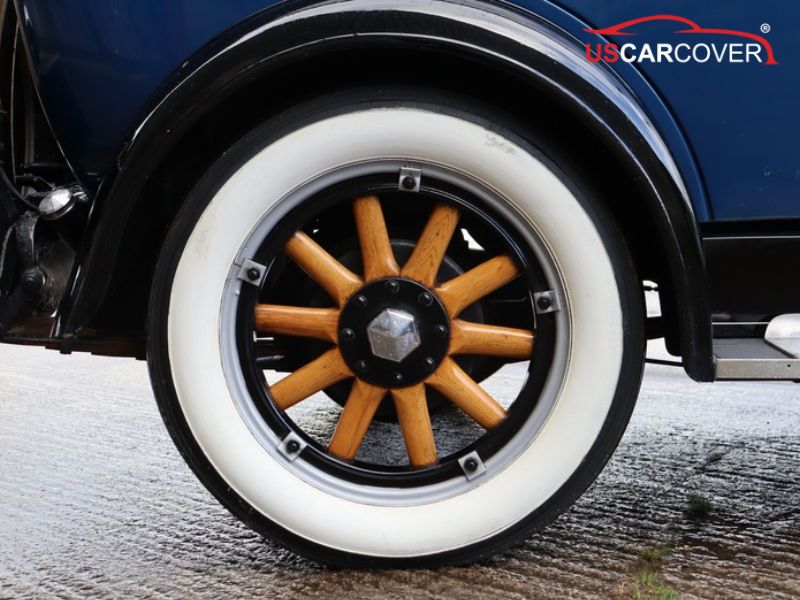
Related Articles: Daimler car cover: Long-term storage, quick drying, no musty odor, no veneer stains
Protecting an Essex in the United States’ diverse climates is not about pulling a cover over the car and walking away. It is about building a protection ecosystem: an Essex car cover that is “light yet durable,” breathable and quick-dry, with an ultra-soft, light-colored liner, custom-fit that holds form, roofed vents, soft wide tie-downs, and a plastic-coated underbody cable, combined with a 90-second routine and a steady maintenance cadence. When all these parts work together, musty odors have no foothold, haze and halos do not form, chrome stays clear, and paint color stays true. Each time you lift the cover, worry is replaced by the quiet satisfaction of seeing a piece of rolling heritage kept the right way.
